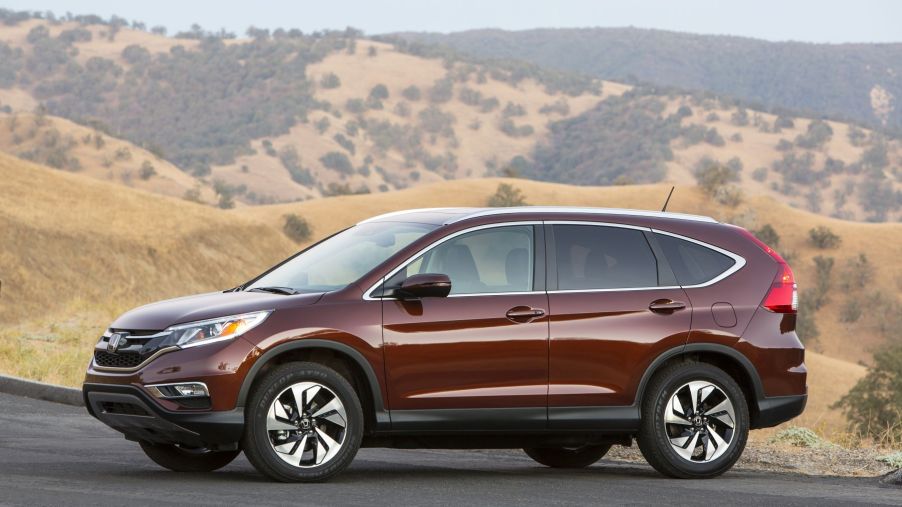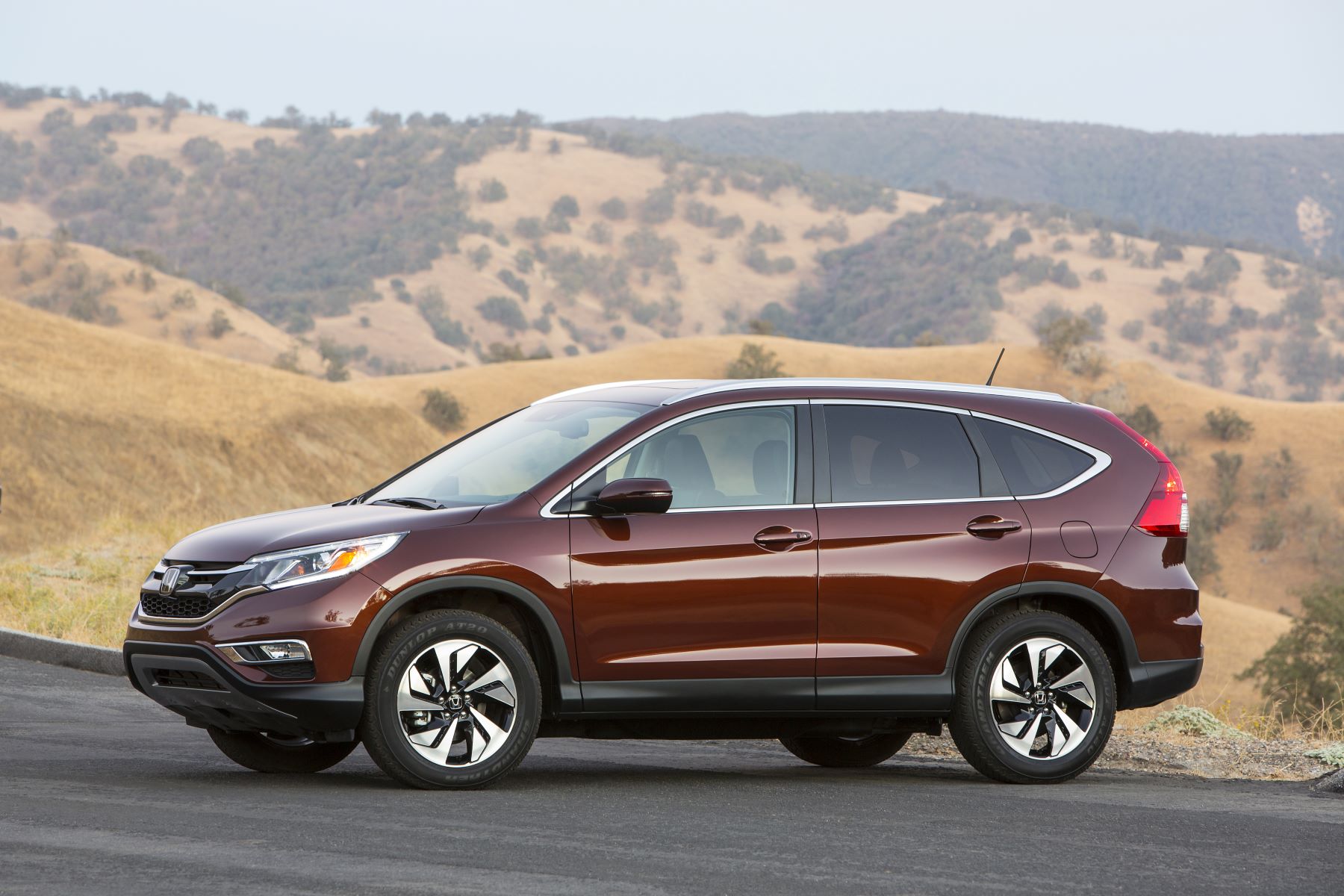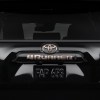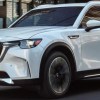
This is the 1 Honda CR-V Model Year You Need to Avoid at All Costs
The Honda CR-V is a compact SUV model. What does CR-V stand for? In 1997, Honda Motor Company introduced this “Comfortable Runabout Vehicle” to the North American market. Ever since then, the automobile has been impressing consumers with its sleek design, roomy interior, and easy handling. U.S. News ranked the Honda CR-V No. 1 in its “Compact SUVs” category for 2020. Still, despite all the rave reviews for the current model, there is one Honda CR-V model year that should be avoided at all costs.
The 2011 Honda CR-V has the most overall complaints

The Honda CR-V that received the most overall complaints is the 2015 model year. The vehicle violently shakes when it is idling. Owners of the 2015 CR-V have spent countless hours at dealerships that have been unable to identify the problem. Frustrated drivers find the shaking is ruining their experience with the Honda product.
A technical service bulletin from Honda Owners was sent out to address consumers’ concerns. Suggested fixes included replacing the powertrain control module or changing out the radiator cushions and transmission mounts. Some owners have had success with these repairs, but there are many 2015 Honda CR-V owners who continue to be frustrated by their shaking vehicle.
The 2017 Honda CR-V has the most reported problems
The Honda CR-V 2017 model year appears to have a problem with the fuel injection system. There are reports of overfilled oil levels and some instances of fuel leaks in the oil. Owners have reported a gas-like odor inside the vehicle while driving. According to Kelley Blue Book, some of these issues have warranted a recall, but others haven’t been addressed directly by Honda.
Owners of the 2017 Honda CR-V also experience problems with the heating system. The windshield does not defrost, and the interior does not warm up after 30 minutes. As expected, these problems seem to be isolated to colder climate areas of the country.
The 2011 Honda CR-V should be avoided at all costs
The 2011 Honda CR-V is by far the worst model released by the automaker. Even though cars from other years received more complaints, the writers over at Car Complaints still gave the 2011 CR-V the “Beware of the Clunker” award. The high repair costs make this a vehicle that ends up costing drivers a lot of money in the long run. The most common complaint is that when the brake is pushed, the engine revs. This particular defect seems to occur frequently in this model, causing extensive repairs. Other common complaints of the 2011 Honda CR-V are problems with the clutch, faulty air conditioning compressors, and premature tire wear. Leaking steering fluid is also a common complaint in this model.
One of the most hazardous problems reported is with the airbags. The National Highway Traffic Safety Administration (NHTSA) received consistent complaints that the airbags in the 2011 Honda CR-V do not inflate properly when needed. According to Car Complaints, this has resulted in 9 reported crashes and 4 injuries.
As per reporting by Car Complaints, Honda started issuing recall notices to have the airbags replaced in 2016. More than 2 million vehicles were affected. From the website Cars, the recall notice states, “The affected vehicles are equipped with a dual-stage driver frontal air bag that may be susceptible to moisture intrusion which, over time, could cause the inflator to rupture.”
However, according to Car Complaints, the worst problem reported by 2011 Honda CR-V compact SUV owners is the occurrence of unwanted acceleration. At an average mileage of 16,000 miles, drivers started to notice an increase in acceleration when pushing the brake pedal. Complaints of the vehicle moving while the brakes are in use are common. The estimated cost to repair this issue exceeds $5,000. This amount of maintenance alone is enough to make a consumer stay away from the 2011 Honda CR-V at all costs.


